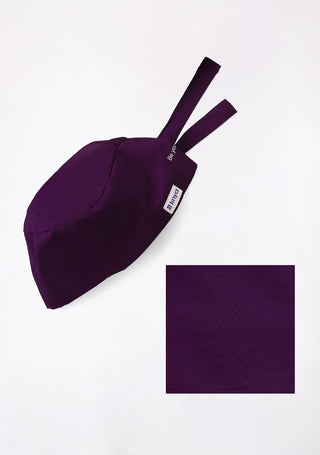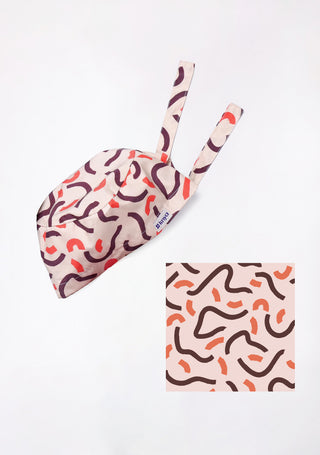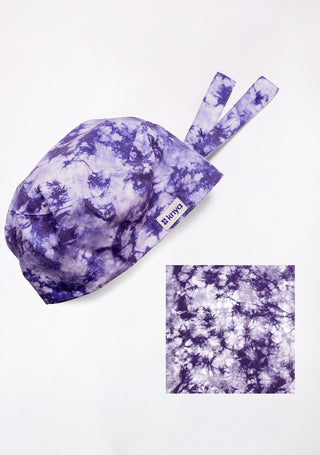Lichen Planus vs Lichenoid Reaction: Lichen Planus and Lichenoid Reaction can also generate lacy white spots on the skin or mouth, but their underlying causes are distinct. Lichen planus is an autoimmune disease in which the immune system incorrectly assaults healthy tissues. The specific aetiology of lichen planus is unknown, however it is believed to be caused by a mix of genetic and environmental factors. Lichenoid responses, on the other hand, are triggered by a specific substance, such as drugs, dental materials, or even certain meals. While the symptoms of lichen planus and lichenoid responses are similar, recognising the reason allows clinicians to differentiate between the two disorders and propose the most appropriate treatment.
Difference Between Lichen Planus and Lichenoid Reaction
Lichen planus and lichenoid reaction are both dermatological conditions that affect the skin and mucous membranes, characterized by the presence of lesions. Here are the definitions and differences between the two:
|
Feature |
Lichen Planus |
Lichenoid Reaction |
|
Definition |
Chronic inflammatory condition affecting skin, mucous membranes, hair, and nails |
Non-specific inflammatory response resembling lichen planus clinically and histologically, triggered by external factors |
|
Cause |
Unknown, believed to be autoimmune |
Triggered by medications, dental materials, infections, or systemic diseases |
|
Lesions |
Flat-topped, shiny, purplish bumps, often with white lines (Wickham's striae) |
Resemble lichen planus but may lack classic features such as Wickham's striae |
|
Location |
Commonly wrists, ankles, lower back, genitals; can occur anywhere |
Areas exposed to irritants (e.g., mouth, skin) |
|
Symmetry |
Lesions often symmetrical |
Lesions may or may not be symmetrical |
|
Itching |
Common symptom |
Itching may or may not be present |
|
Association with Diseases |
Associated with hepatitis C infection, certain medications, other autoimmune diseases |
Often associated with exposure to certain drugs or materials |
|
Duration |
Chronic with periods of exacerbation and remission |
Can resolve once triggering factor is removed, but may persist |
|
Oral Involvement |
Common, appearing as lacy white patches (oral lichen planus) |
Oral involvement common, resembling oral lichen planus |
|
Histopathology |
Sawtooth-like appearance of rete ridges, band-like lymphocytic infiltrate |
Band-like lymphocytic infiltrate, may lack some specific characteristics of lichen planus, infiltrate may be more diffuse |
Order the Best Jogger Scrub from Here!
What is Lichen Planus?
Lichen planus is an autoimmune illness that produces inflammation in the skin, scalp, nails, and occasionally the mouth. The specific aetiology is unknown, but it causes an immune system attack, resulting in lacy white patches with a burning sensation.
Browse Best Scrubs Collection
Key Features of Lichen Planus:
- Despite its frequency, the actual aetiology of lichen planus remains unknown. Theories imply that autoimmune responses, genetics, or viral triggers may all play a role.
- Lichen planus can affect the skin, scalp, nails, and mucous membranes. In certain circumstances, it only occurs in one location (localised).
- The most prevalent characteristic is violaceous papules (raised bumps) with a white lace-like network on the surface (Wickham's striae). There may also be blisters, erosions, and very irritating skin.
- Lichen planus can be unpredictable. Outbreaks may coincide with times of remission. While it is seldom fatal, it can be unpleasant and have an impact on one's quality of life.
What is Lichenoid Reaction?
The lichenoid reaction is similar, but has a distinct aetiology. It is a response to a trigger, such as some drugs or dental materials, that resembles lichen planus. When the trigger is eliminated, the lichenoid response normally subsides.
Explore All Women's Scrub
Key Features of Lichenoid Reaction:
- Unlike lichen planus, lichenoid reactions have a recognised cause-an external stimulus. This might include drugs, dental materials, or even specific allergies.
- Lichenoid responses frequently appear with clinical characteristics identical to lichen planus, making diagnosis difficult. They may have the same violaceous papules, Wickham's striae, and other features.
- The fundamental distinction is in the causation. A lichenoid response usually cures if the triggering substance is found and eliminated, as opposed to lichen planus, which has no known treatment.
- Diagnosis frequently entails identifying the perpetrator. Patch testing for allergies or evaluating drugs may be necessary. Removing the trigger remains the major technique for dealing with lichenoid responses.
Shop Best Lab Coats from Here!
Similarities Between Lichen Planus and Lichenoid Reaction
- Lichen planus, lichenoid responses, Both illnesses have comparable clinical characteristics, such as papules, plaques, and erosions.
- Histologically, both diseases exhibit a band-like lymphocytic infiltration in the dermis.
- Both disorders can damage the oral mucosa, resulting in white patches or erosions.
- Both illnesses can be persistent and require long-term care.
- Both may react to the same therapies, such as topical or systemic corticosteroids.
Lichen planus and lichenoid responses are both inflammatory illnesses with comparable symptoms, most notably lacy white spots on the inner cheeks or other parts of the mouth. However, the underlying reasons differ greatly. Lichen planus is an autoimmune illness in which the body attacks its own tissues, with the cause unclear. In contrast, lichenoid responses are caused by a particular irritant, such as certain drugs or dentistry materials. While distinguishing between the two can be difficult, the difference in aetiology allows for focused treatment: eliminating the irritant in a lichenoid reaction might result in remission, whereas lichen planus needs care of the underlying autoimmune response.
| Check out More Articles | |
| Difference Between Cartilage And Bone | |
| Difference Between Endocrine And Exocrine Glands | |
| Difference Between Cell Wall And Cell Membrane | |













